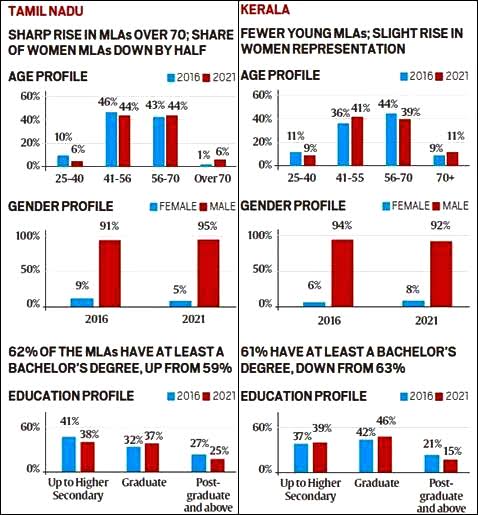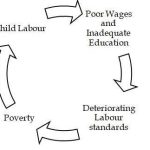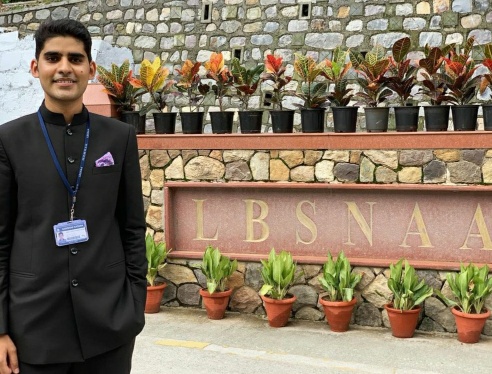
Ambedkar — “Politcal power is the key to all social progress.”
- Odisha House passes a resolution for 33% reservation in State Assembly!
- Odisha already has 50% reservation for women in Local Bodies (actual figures are >>50%)
SARPANCH PATI Culture
Cabinet — 22% | Lok Sabha — 12% (4.5% in 1st Lok Sabha)
Global average = 22.9% — still lags behind by a margin.
A steady increase — 46% of our panchayat members are women (1.3 million+) | 1951 — only 45 women contested LS elections while in 2014 — 668 women did so
Implication —
Social —
- Observing a member of their own group in charge of a public office changes attitudes and infuses confidence in the vulnerable/minority group.
- Empirical evidences —
- Increase in the responsiveness of the official towards the pleas of disadvantaged groups
- From WB and RJ — better and efficient crime reporting and investigation by the women in case of women local head
- Led to more investment in drinking water and roads in response to complaints by local women.
Economic outcome:
- Strong connection between implementation of political reservations and small-scale entrepreneurship among women.
Way Ahead
- Women Reservation Bill
- Political Parties should reserve seats for women in their various committees
- Avoid ‘Lalu-Prasad Syndrome’ — when a woman is offered ticket to be after all controlled de facto by a man.
- Lack of education and leadership training among the women. Need to increase the participation of women in politics even at the local level.
Vicious Cycle — where socio-economic disadvantages → reduced opportunities for women to participate in the political process →weakened representation → retards the process of addressing those socio-economic disadvantages.


![Jeydev CS [IAS Topper] Biography, optional, marksheet, Wiki, Age, Caste, Family & More images-2B-252877-2529.jpeg](https://iasbio.com/wp-content/uploads/2020/11/images-2B-252877-2529.jpeg)





![UPSC CSE Topper Mains Answer [Gaurav Agarwal] word-image-10753-1](https://iasbio.com/wp-content/uploads/2023/06/word-image-10753-1-150x150.png)

![Abhishek Saraf [UPSC Topper 2019] Biography, Age, Family, Marksheet, Optional & More 117319406_133530055082669_3985285308971443267_n.jpg](https://iasbio.com/wp-content/uploads/2020/11/117319406_133530055082669_3985285308971443267_n.jpg)

![UPSC CSE Topper Mains Answer [Part 2] images-2023-06-17T192027.770](https://iasbio.com/wp-content/uploads/2023/06/images-2023-06-17T192027.770-150x150.jpeg)
![Ganesh Kumar Bhaskar [UPSC Topper 2019] Biography Age, Family, Marksheet, Optional & More images-2B-252879-2529.jpeg](https://iasbio.com/wp-content/uploads/2020/11/images-2B-252879-2529.jpeg)
![Himanshu Jain [UPSC topper 2019] Biography, Age, Family, Caste & More images-2B-252876-2529.jpeg](https://iasbio.com/wp-content/uploads/2020/11/images-2B-252876-2529.jpeg)

